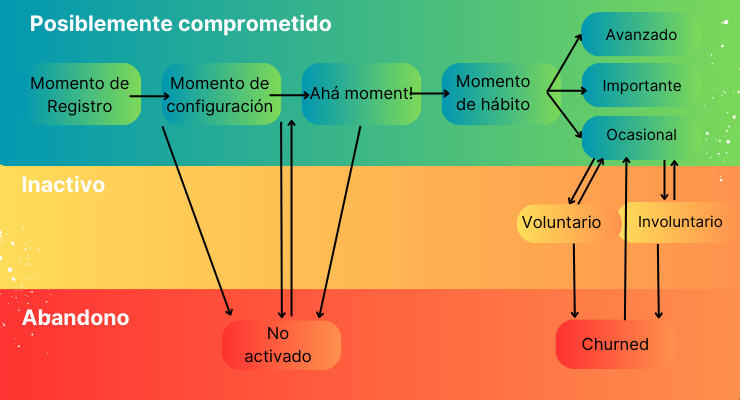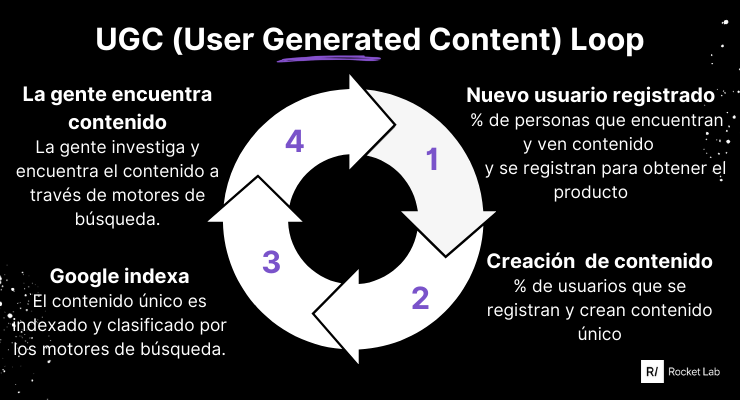
When creativity and performance come together, the real search for what drives results begins.
In marketing, having great ideas isn’t enough anymore. Knowing your audience isn’t enough either.
The real challenge today is turning an idea into something measurable. That’s where Rufus and Rocket Lab decided to meet, combining creative strategy, technology, and data to figure out what really works.
We wanted to understand why creative testing, even though it’s one of the most valuable tools, is still one of the least used.
Because behind every ad that performs well, there’s a clear intention, solid structure, and informed decisions. It’s never just about launching for the sake of it. Measuring what you create is the first step toward making smarter choices. Without data, there’s no way to grow results.
We live in a world where everything can be measured, yet many creative decisions are still made blindly. Some ads are chosen based on personal taste, intuition, or by repeating formulas that no longer work.
The issue isn’t the lack of data. We have metrics for everything: CTR, CVR, CPA, ROAS. The real question is how often those numbers are used to understand what part of an ad is actually doing the job.
That’s why creative testing needs structure. It should follow a clear plan, with logic and a specific goal. Without that, the data piles up but doesn’t lead anywhere.
In this space, creativity isn’t just about making something look good. It becomes a tool for growth when combined with structure, data, and analysis.
That’s where creative ideas and performance work together. When every creative choice is based on real results, ideas become strategies that actually move the needle.
At Rocket Lab and Rufus, we see this every day. The real difference doesn’t come from having one great idea, but from building a system that helps you test, learn, and improve with purpose.
There’s no such thing as a perfect ad. But there are smart ways to get closer to one.
Every creative is its own ecosystem. Message, format, tone, image, duration. Small choices can make a big difference. But without a clear testing strategy, that potential gets lost.
Before launching a campaign, a clear roadmap is created to define which variables will be tested, in what order, and with what goal. The creative strategy is key to learning and scaling later. The elements with the highest impact, like the message angle, are tested first, followed by smaller adjustments.
In some cases, testing is built into Always On campaigns, using minimal, measured changes that allow results to be tracked. In other cases, dedicated campaigns are used to test more versions without affecting performance.
Here’s what matters. Testing for the sake of testing is not the point. Exploring means discovering new ideas. Iterating means improving what already works. Knowing when to do each one is what turns a stable campaign into one that actually scales.
And this creative process never starts from scratch.
Rocket Lab strengthens the creative process from the very beginning by providing actionable insights. This includes vertical benchmarks, learnings from past campaigns, and behavior data by channel and region.
All of this helps define which hypotheses have the most potential and how to structure the testing to create real impact. Once the creatives are ready to go live, Rocket Lab’s technology takes them even further.
Using proprietary algorithms, machine learning, and real-time analysis, Rocket Lab identifies which assets perform best based on audience, platform, or time of day. If a video performs better on Android than on iOS, or if a copy drives more conversions in certain regions, distribution adjusts automatically to maximize the impact of each impression.
All of these insights feed back into the creative process to keep the cycle moving. Nothing gets launched and left untouched. Every test sparks a new cycle of decisions, optimization, and growth, where creative and performance data work together to keep improving.
The value isn’t in having data. It’s in knowing how to use it. The first step is spotting patterns — which formats or messages drive engagement, which ones convert, and which ones just take up space.
But looking at each metric on its own isn’t enough. When you connect hard numbers like conversions or CPA with softer signals like CTR, TSR or watch time, you start to see the full picture of what’s really working.
When a creative performs well, Rufus uses that insight to scale what works and explore new ideas.
Rocket Lab supports that process by activating the best-performing assets across the right channels, like programmatic, Apple Search Ads or First-Impact Ads through OEM. From there, distribution is optimized in real time.
This mix of creative strategy, technology and performance analysis is what turns ideas into decisions that grow. Each part helps the other. One creates with purpose. The other delivers with precision.
Ready to make your creativity go further? Talk to the teams at Rufus or Rocket Lab and let’s build something together.


.png?width=1024&height=576&name=Blog%20cover%20%20(89).png)
.png?width=1024&height=576&name=Blog%20cover%20%20(89).png)
.png?width=1024&height=576&name=Blog%20cover%20%20(89).png)

.png)
.png)